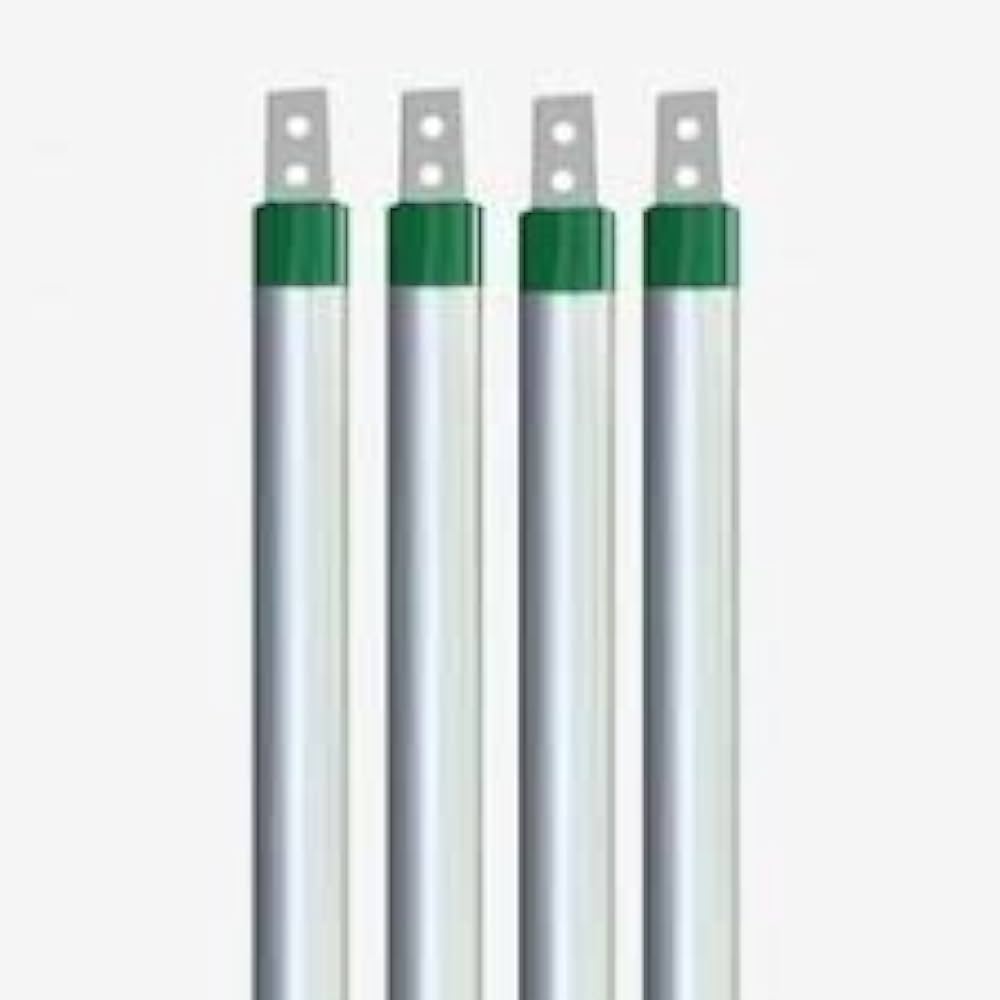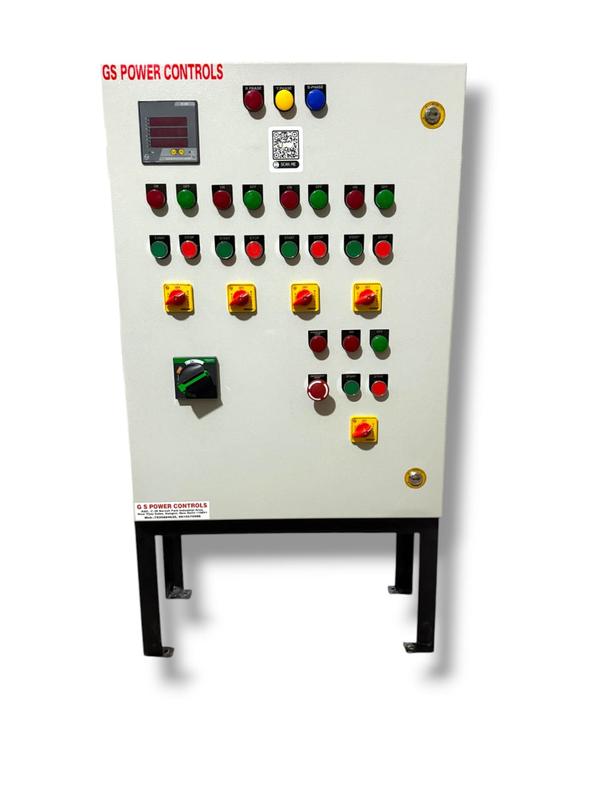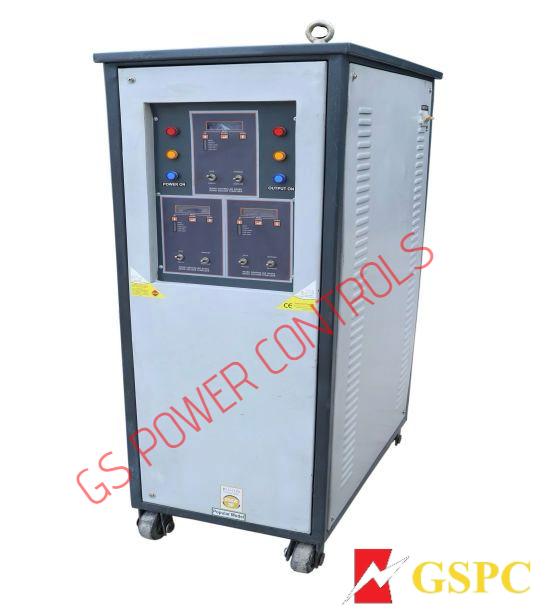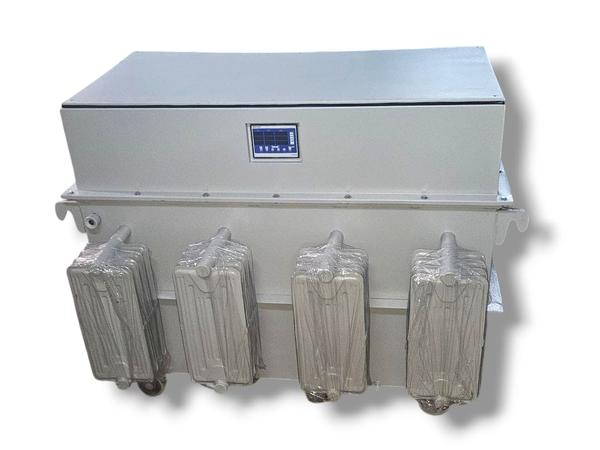Description
Product details
GI Earthing (Galvanized Iron Earthing) is a type of electrical earthing system where GI strips, pipes, or rods are used to safely dissipate fault currents into the ground. It’s a widely used and cost-effective method, especially in industrial and residential installations. 🔧 Components of a GI Earthing System: GI Electrode (Pipe or Plate): Usually made from galvanized iron to prevent corrosion. Common sizes: Pipe: 40mm – 80mm diameter, 2.5 – 3 meters long. Plate: 600mm × 600mm × 6mm. Earthing Strip or Wire: GI strip (e.g., 25mm x 3mm or 50mm x 6mm) used to connect equipment to the earthing electrode. Earth Pit: Dug to place the GI electrode vertically. Backfilled with a mixture of salt, charcoal, and soil to enhance conductivity. Earth Chamber: A protective enclosure (concrete or PVC) above the electrode for maintenance access. ⚡ Purpose of GI Earthing: Protect people from electric shocks. Ensure safe operation of electrical devices by stabilizing voltage levels. Provide a low-resistance path for fault currents. ✅ Advantages: Cost-effective compared to copper. Good corrosion resistance due to galvanization. Suitable for general-purpose earthing needs. ❌ Disadvantages: Less conductive than copper. May corrode faster in highly acidic or saline soils. 📌 Applications: Electrical panels Distribution transformers Industrial machinery Residential buildings If you’d like, I can help with: Designing a GI earthing layout Sizing components for your setup Estimating cost or materials Let me know what you need!





